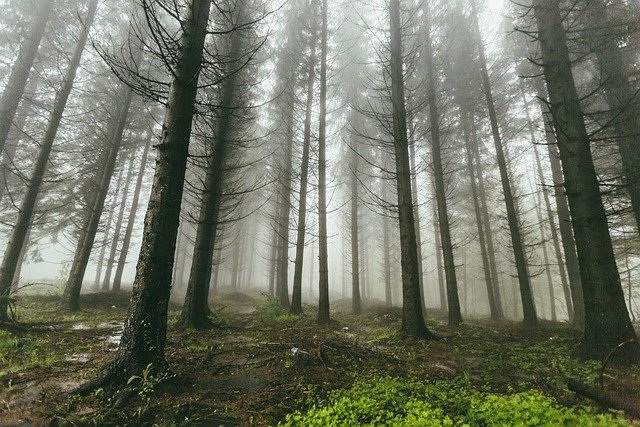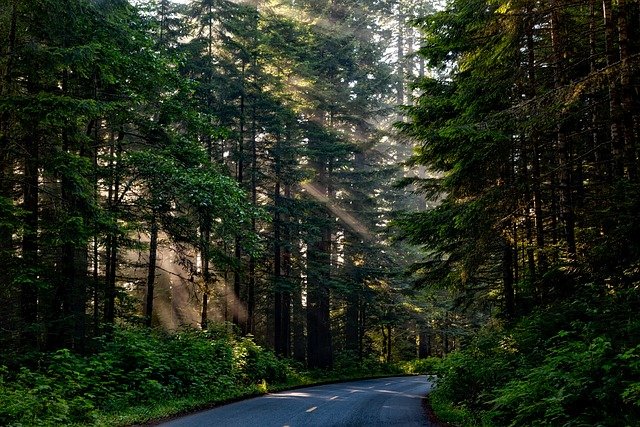**Title: "The Evolution of Storytelling in Video Games

The Secret Lives of Urban Wildlife
Urban environments are bustling with life, yet many of us rarely notice the incredible array of wildlife that shares our cities. From the common pigeon to the elusive fox, urban wildlife has adapted in fascinating ways to thrive alongside humans. In this post, we'll explore the secret lives of these creatures and how they navigate the challenges of urban living.
The Adaptation of Urban Wildlife
1. Finding Food
Urban wildlife has become expert scavengers. Many species, such as raccoons and squirrels, have learned to forage in trash cans, parks, and gardens. Some birds, like crows and pigeons, have adapted their diets to include human food scraps, while others hunt insects in urban green spaces.
2. Shelter and Nesting
Cities provide unique nesting opportunities for wildlife. Birds may build nests in the eaves of buildings or on ledges, while mammals like bats and raccoons find cozy spots in attics or under decks. Green roofs and community gardens also offer valuable habitats for various species.
3. Social Structures
Urban wildlife often displays complex social behaviors. For example, crows are known for their intelligence and social dynamics, forming tight-knit family groups. Similarly, foxes may establish territories and communicate through vocalizations and scent markings, adapting their behaviors to the urban landscape.
The Challenges They Face
While urban wildlife is remarkably adaptable, they face numerous challenges:
- Habitat Loss: As cities expand, natural habitats are destroyed, forcing wildlife to compete for limited resources.
- Pollution: Air and noise pollution can impact animal health and behavior, making it harder for them to thrive.
- Human Interaction: Encounters with humans can be dangerous. Animals may be hit by cars or become victims of poaching and illegal trade.
How We Can Help
As city dwellers, we can play a vital role in supporting urban wildlife:
- Create Wildlife-Friendly Spaces: Plant native plants in your garden, install bird feeders, and provide water sources to attract and sustain local wildlife.
- Reduce Pollution: Advocate for cleaner urban environments by supporting policies that reduce pollution and protect natural habitats.
- Educate Others: Share your knowledge about urban wildlife with friends and family to raise awareness and promote coexistence.
Conclusion
The secret lives of urban wildlife are a testament to nature's resilience and adaptability. By understanding and supporting these creatures, we can create a more harmonious relationship with the wildlife that shares our urban spaces. Next time you step outside, take a moment to observe the hidden lives around you—you might be surprised by what you find!
Feel free to share your experiences or thoughts about urban wildlife in the comments below! 🦊🌳🐦

All images are taken from the Pixabay.com